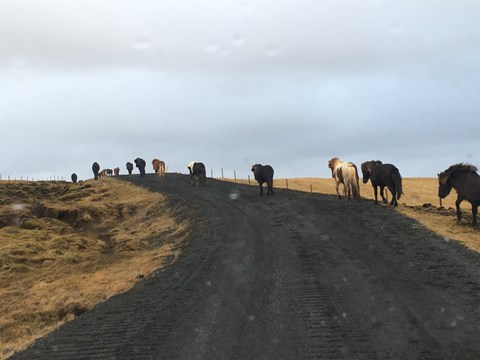
A few words about endurance
January 3, 2009
“No pain, no gain” was the motto for all athletic training since before mid-nineteenth century. It was believed that an athlete’s progress would be minimal if that individual did not torment themselves in training. Pushing a person past the threshold of pain was considered the best method to prepare an athlete for those tasks that were yet to come. The same thinking has applied to horse training.
With increased understanding of human physiology, human psychology and their interplay, the training methods for athletes have changed. More progress, both short term and longterm, followed in the wake of these changes along with abandoning the “no pain, no gain” motto for training methods.
Endurance is considered a prerequisite for other physical training. Having strong endurance indicates the ability to continually do a task for a long time such as running long distance. In order for a horse to be competent in their riding abilities, they need to have built up endurance. A common method for endurance training is to take a horse out riding and have them gasping for air upon their return, and let them catch their breath in their pen or on the hedge.
Gasping for air at the start of endurance training has negative effects on the horse. The endurance muscles won’t last throughout the run because they only use oxygen. Lactic acid recharges the muscles quickly in a breathless horse, the muscles stiffen, and the horse carries itself with shorter, shallower steps. On the other hand, the body is constantly telling the horse to slow down because this drudgery is difficult and painful.
If this method is continued regardless of its ill effects, physical and emotional stress build up in the horse. Who doesn’t remember their first time out riding their horse after the time off during the fall to be a wonderful experience? The horse was like a dream and did everything you wanted eagerly in a smooth and graceful manner. Then he became against the bit. He doesnt want to go awy from home and won’t without being irritable somehow. He is always in a hurry when you have him away from home but especially when you are on your way home. The smoothness in his movements decreases.
A horse is breathless, gasping for air, until the lactic acid has been used up. It is best to have the horse moving his muscles during the cool down rather than have him recover without movement. Movement causes the blood in the blue veins to travel faster to the cleaning facilities in the circulatory system and the horse recovers quicker.
What normally happens to you when you start off with physically intense training? What does your horse do in the same situation?
Magnús Lárusson
Picture shows horses out on the move
